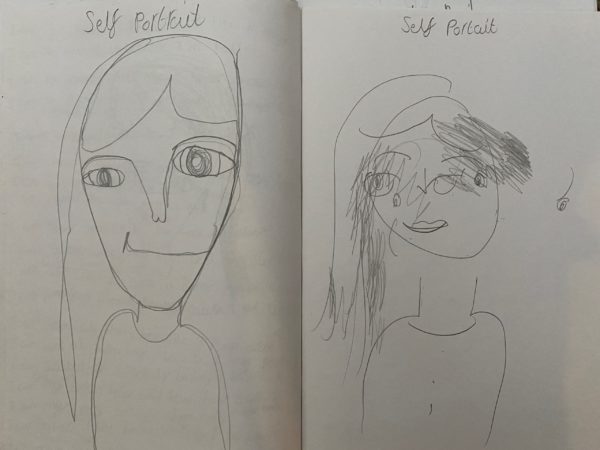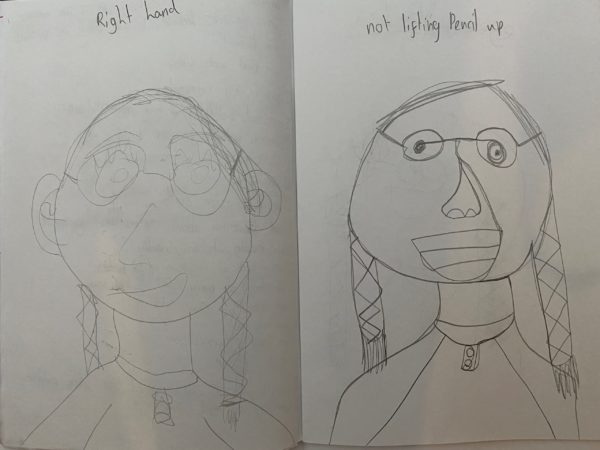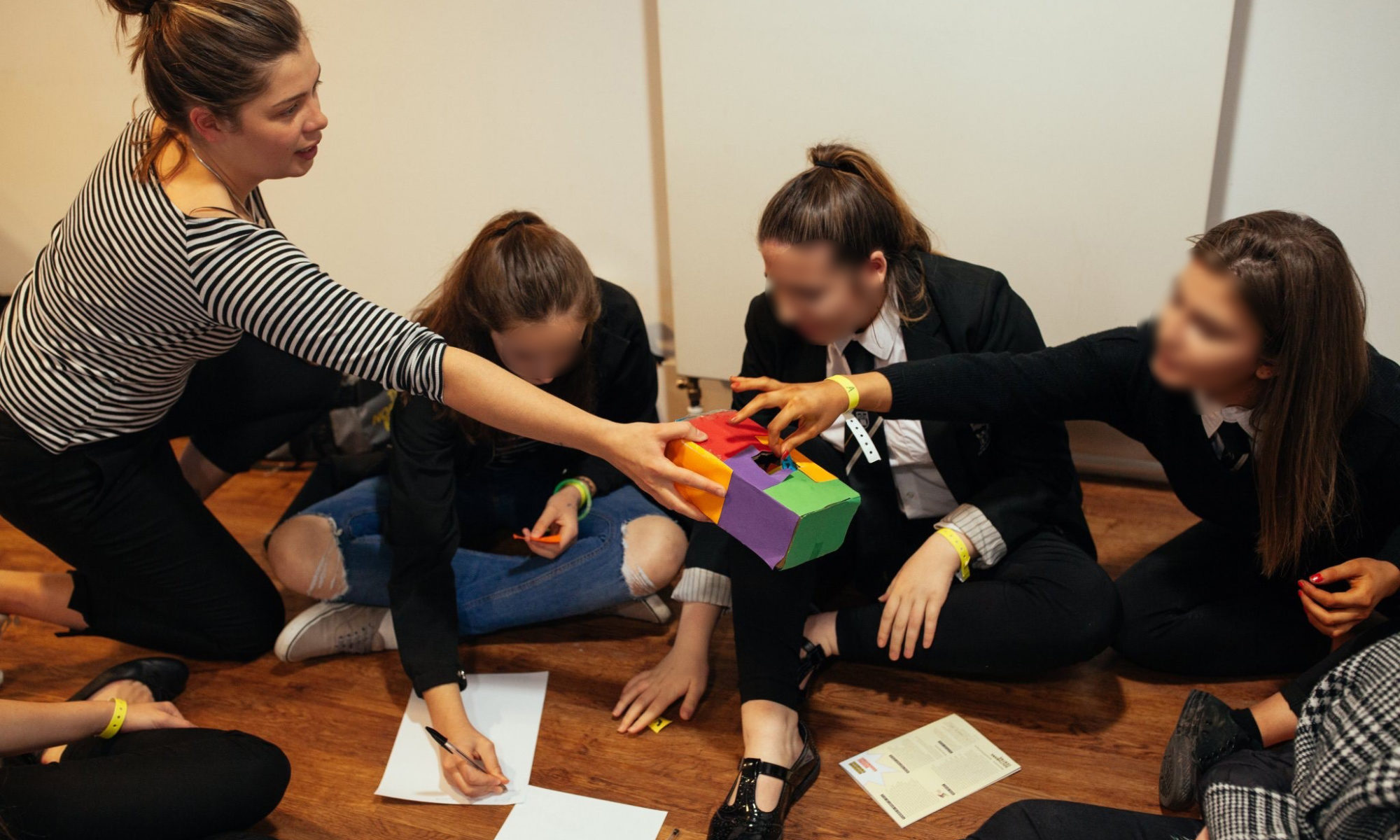This resource is great for:
Playing with self-image and presenting different versions of yourself; discovering that art (and other things) doesn’t always have to be “perfect”; breaking down barriers about what is ‘good’ art and what is ‘bad’ art.
Introduction
This is the first in a series of activities exploring self-reflection and identity, created by Leyla Josephine, poet, performer, facilitator, theatre-maker, and one of our Citizen writers in residence.
Leyla says “Self-portraits have been around for thousands of years. This is an opportunity for to play with this idea of self-reflection, self-presentation and abstract thinking.”
All of Leyla’s activities can be made simpler or more complex depending on or ability. You will need:
- Paper
- Pens/Pencils
- Mirror (optional)
Part 1
In a group talk about what a self-portrait is. Look at examples by some famous artists such as Frida Kahlo, Barkley L Hendricks, Pablo Picasso, Salvador Dali or Andy Warhol. Do you prefer the more realistic self-portraits or the more abstract ones? Why? Which ones tell us the most about the artist?

Self Portrait with Bonito, 1941 – Frida Kahlo
Part 2
If you have a mirror place it so you can see your face. Do not worry if you don’t have one, you can do this from memory too. Now draw a self-portrait. You have 20 minutes.
Part 3
Now draw a second self-portrait. You have two minutes.
Part 4
In your groups talk about what became a priority for you when the time limit was shorter. What is the difference between your first and second portraits? Which do you find more interesting? Which is more realistic?

Part 5
Draw a third self-portrait. You have two minutes and must only use the hand you do not normally write with.
Part 6
Draw a fourth self-portrait. You have two minutes and must not take your hand off the page.

Part 7
Draw a fifth self-portrait. You have two minutes and must keep your eyes closed.
Part 8
In your group, show all of your self-portraits to each other.
Part 9
Talk about the process you’ve just gone through. Which of your self-portraits sparks the most joy or says the most about you? Which portrait do the rest of the group thinks looks most like you or says the most about you?
Further information
Leyla describes carrying out this exercise with a group of young people and discusses the benefits of learning to fail in this On the Road blog post:
https://ontheroad.edbookfest.co.uk/blog/teaching-children-to-fail/
